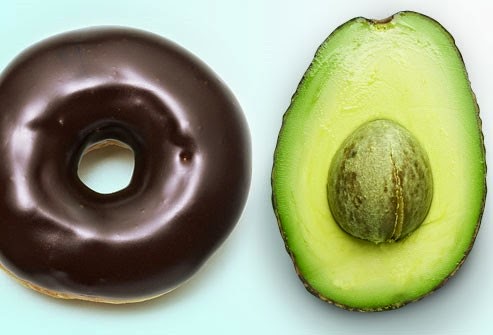7 Cholesterol Busters You Should Know!
#1 – Eat More Fiber
#2 – Know Your Fats
#3 – Smart Protein
Meat and full-fat milk offer plenty of protein, but they are also major sources of cholesterol. You may be able to reduce LDL cholesterol by switching to soy protein, such as tofu, at some meals. Fish is another great choice. Some varieties, like salmon, are rich in omega-3 fatty acids, which can improve cholesterol levels. The American Heart Association recommends eating fish at least twice a week.
#5 – Lose Weight
If you’re overweight, talk to your doctor about beginning a weight loss program. Losing weight can help you reduce levels of triglycerides, LDL, and total cholesterol. Shedding even a few pounds can also boost levels of good cholesterol — it tends to go up one point for every 6 pounds you lose.
 Giving up tobacco is tough, but here’s one more reason to try. When you stop smoking, your good cholesterol is likely to improve by as much as 10%. You may be more successful if you combine several smoking cessation strategies. Talk to your doctor about which options are best for you.
Giving up tobacco is tough, but here’s one more reason to try. When you stop smoking, your good cholesterol is likely to improve by as much as 10%. You may be more successful if you combine several smoking cessation strategies. Talk to your doctor about which options are best for you.If you’re healthy but not very active, starting an aerobic exercise program could increase your good cholesterol by 5% in the first two months. Regular exercise also lowers bad cholesterol. Choose an activity that boosts your heart rate, such as running, swimming, or walking briskly, and aim for at least 30 minutes on most days of the week. It doesn’t have to be 30 continuous minutes; two 15-minute walks works just as well.
Credit to:







Tinggalkan Balasan